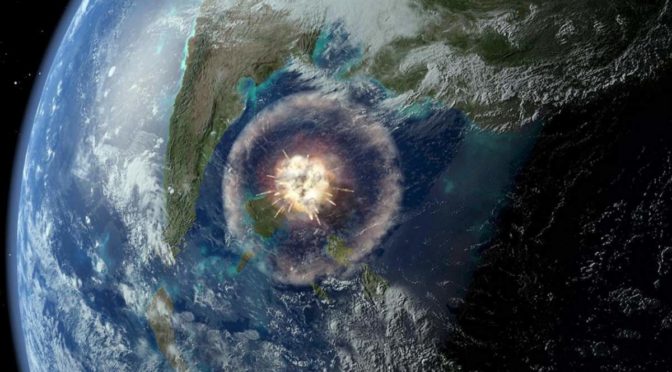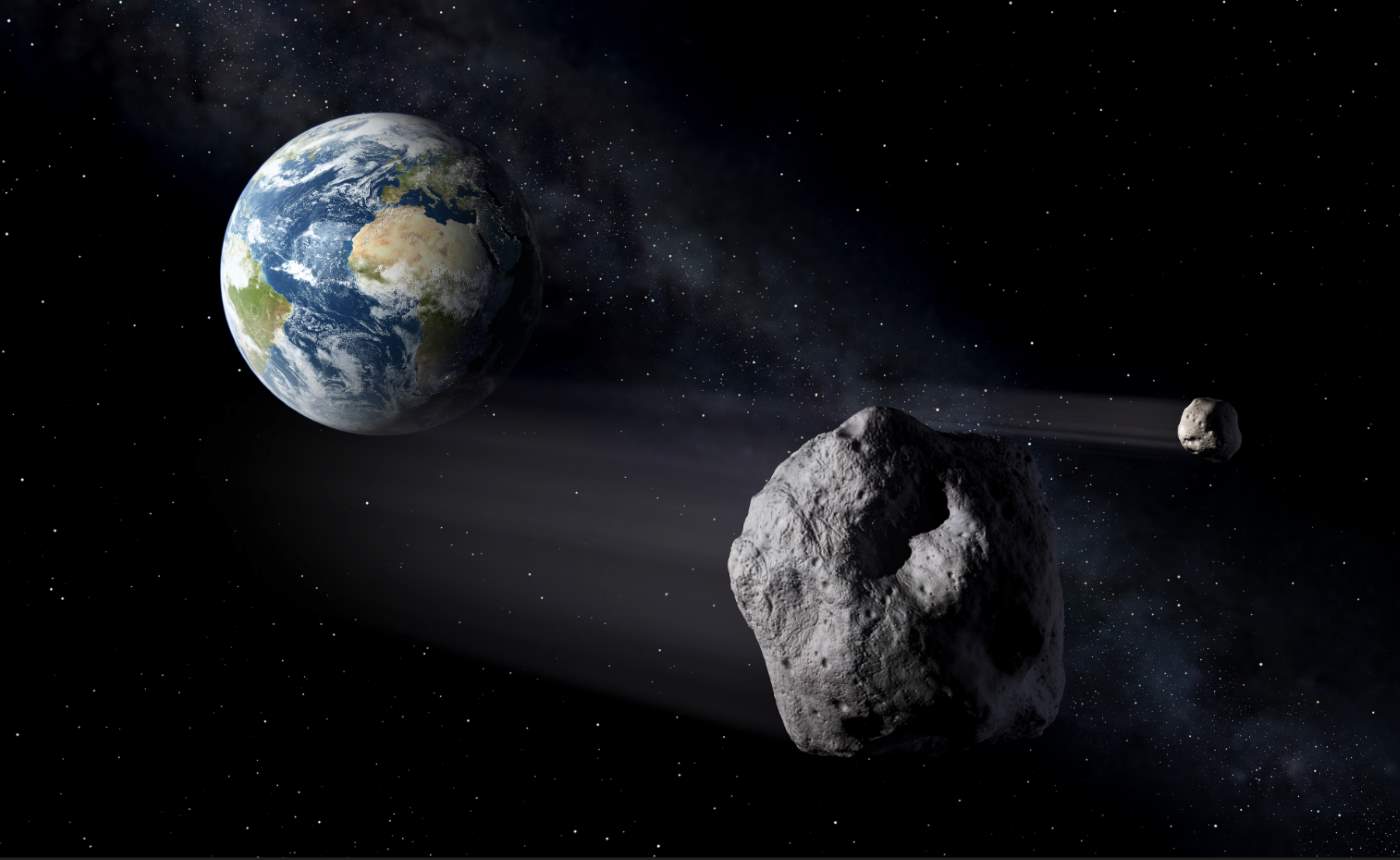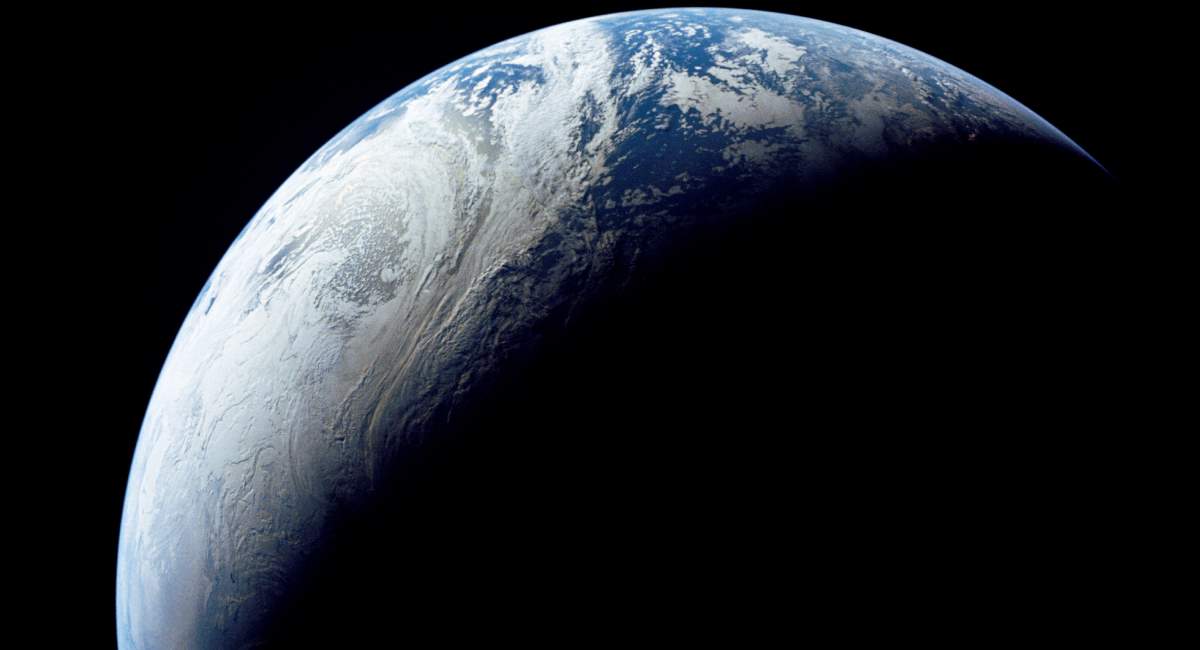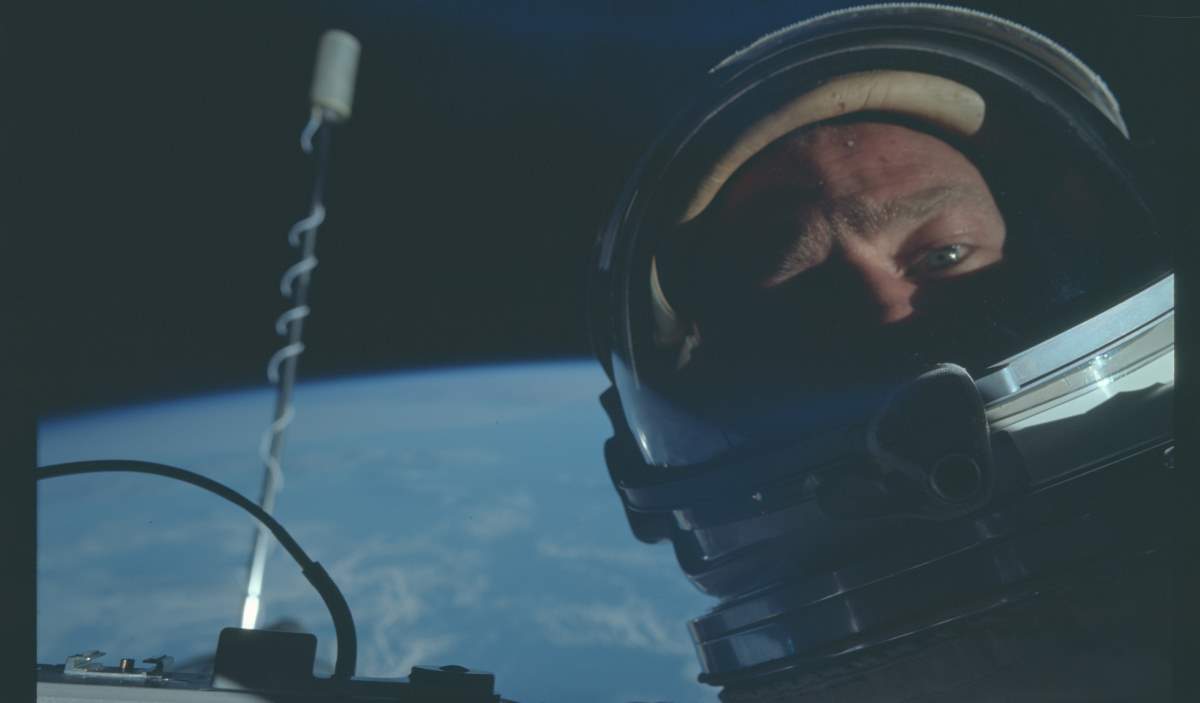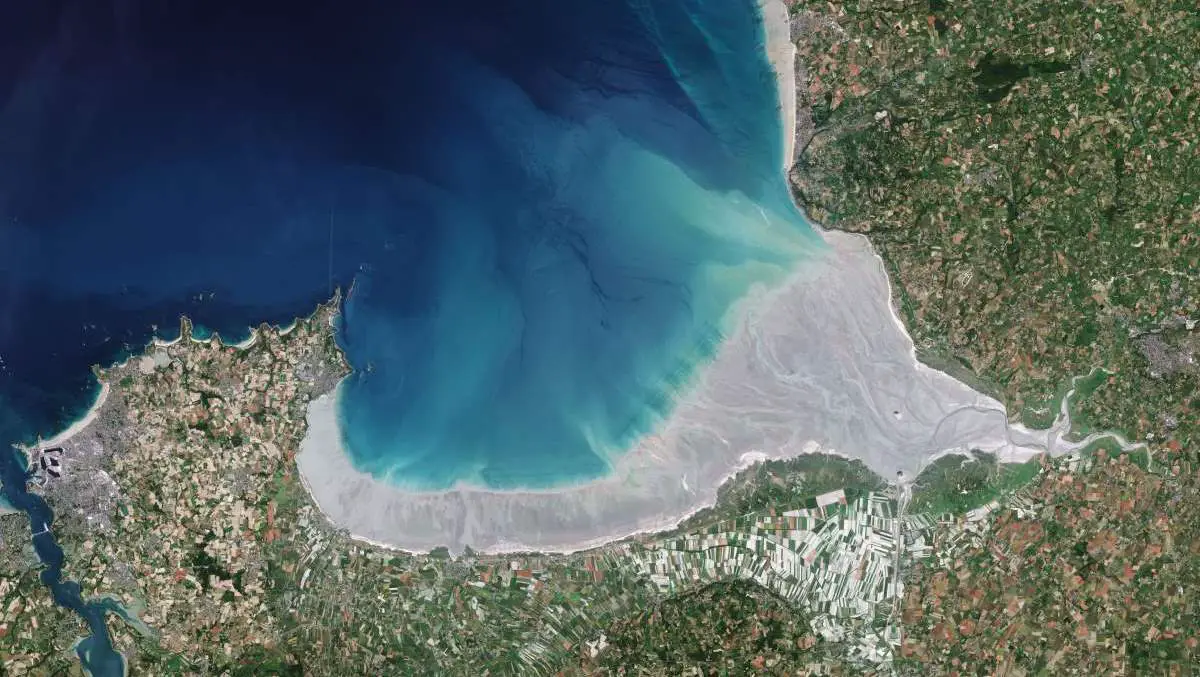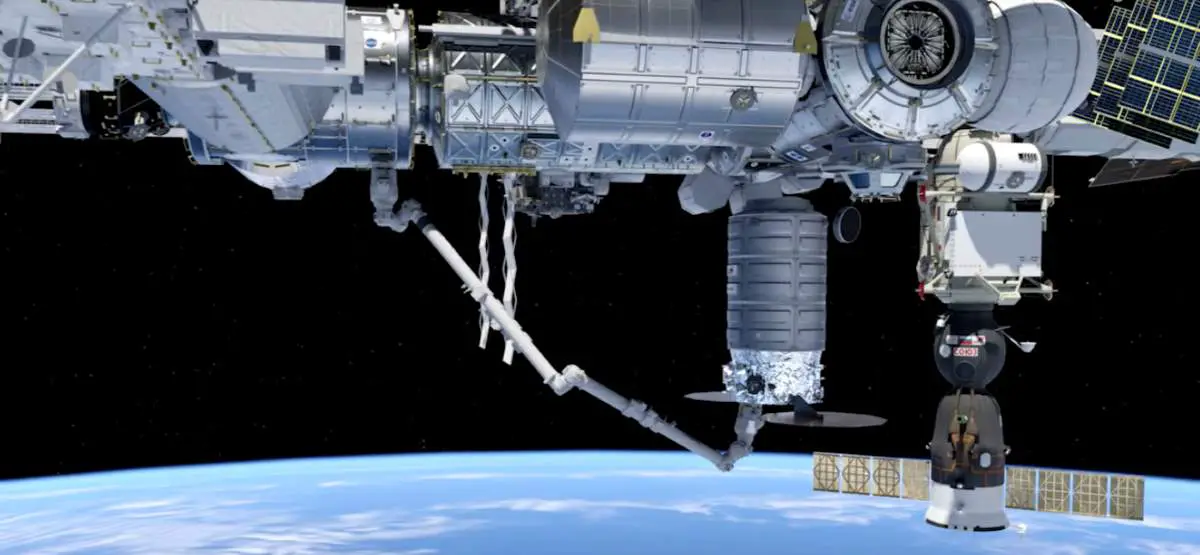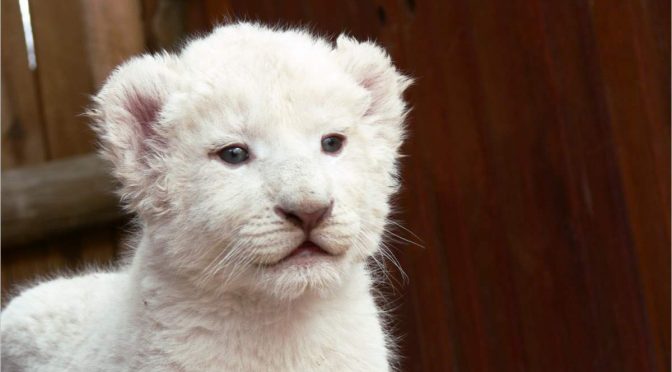Around 66 million years ago, an asteroid or comet at least 10 kilometers (6 miles) in diameter impacted a few miles from the present-day town of Chicxulub in Mexico (hence it is dubbed as the “Chicxulub impactor”, the “dinosaur-killer”), at around 64,000 kilometers per hour (40,000 mph). The impact has created a crater (Chicxulub crater) more than 180 km (110 miles) in diameter. But, what’s more, the energy of the impact (which is equivalent of about ten billion Hiroshima atom bombs) vaporized the rock which was rich in sulfur compounds, filling the air with a thick cloud of dust, similar to that created by a catastrophic volcanic eruption.
Continue reading “Dinosaur-killer Asteroid Triggered a Global Warming [and it lasted 100,000 Years!]”What are the Differences Between a Meteoroid, a Meteor, a Meteorite, an Asteroid, and a Comet? [Explained]
Hint: they are all space rocks. But, there are some differences. The biggest difference between an asteroid and a comet, for example, is what they are made of.
Continue reading “What are the Differences Between a Meteoroid, a Meteor, a Meteorite, an Asteroid, and a Comet? [Explained]”Earth as seen by Apollo 4
A crescent-Earth photo, by an automatic camera aboard the unpiloted Apollo 4 command module on November 9, 1967, at an altitude of 11,200 miles (18,000 km). Apollo 4, (also known as AS-501), was the first uncrewed test flight of NASA’s mighty Saturn V rocket, which was used by the U.S. Apollo program to send the first astronauts to the Moon.
Continue reading “Earth as seen by Apollo 4”Buzz Aldrin’s “Selfie” during Gemini XII Mission
On November 12, 1966, during the Gemini 12 mission EVA 1 (Extravehicular activity), NASA astronaut Edwin “Buzz” Aldrin took his own self-portrait with his camera with our beautiful Earth in the background. This historic photo is widely regarded as the “first space selfie”.
Continue reading “Buzz Aldrin’s “Selfie” during Gemini XII Mission”Mont Saint-Michel, France, From Space
The European Space Agency (ESA) occasionally posts high-resolution photos of space under the title of “week in images”. This amazing image of the Mont Saint-Michel from space, which was captured on 21 June 2017, is also featured on the ESA’s Earth from Space video programme, presented by Kelsea Brennan-Wessels from the ESA Web-TV virtual studios.
Continue reading “Mont Saint-Michel, France, From Space”Soon, the ISS Will Be the Coldest Known Place in the Universe
Where is the coldest known place in the Universe? It may sound strange, but today, it is here on Earth: in 1995, in a laboratory in M.I.T. (Massachusetts Institute of Technology), the German physicist Wolfgang Ketterle and his colleagues have cooled a sodium gas to the lowest temperature ever recorded, only half-a-billionth of a degree above absolute zero.
But, soon, this record will be broken. NASA is going to launch a facility to the International Space Station (ISS) that will contain a spot 10 billion times colder than outer space. The new Cold Atom Laboratory (CAL) facility, which will operate in microgravity, could help answer some big questions in modern physics, allowing researchers to dive deep into the quantum realm in a way that would never be possible here on Earth.
Continue reading “Soon, the ISS Will Be the Coldest Known Place in the Universe”Most species hold their geographic range if we limit global warming to 1.5°C [new study]
If we limit global warming to 1.5°C rather than 2°C above the pre-industrial levels by the year 2100, the impacts of climate change would be much less dramatic, a new study says. According to the researchers, for vertebrates and plants, the number of species losing more than half their geographic range by 2100 will be halved when warming is limited to 1.5°C, compared with projected losses at 2°C. It would be even better for insects, the most diverse group of animals on Earth: the number is reduced by two-thirds.
Continue reading “Most species hold their geographic range if we limit global warming to 1.5°C [new study]”Atmospheric Carbon Dioxide Reached the Highest Levels in 800,000 years
According to measurements from Mauna Loa Observatory in Hawaii, with 410.31 ppm (parts per million), the level of carbon dioxide in Earth’s atmosphere hit a new high in April 2018. This is the highest point for the last 800,000 years.
Last year’s (April 2017) value, 409.00 ppm, was also a record high. As you can see in the graph below, which shows recent monthly mean carbon dioxide measured at Mauna Loa Observatory, Hawaii, it’s a continuing trend.
Continue reading “Atmospheric Carbon Dioxide Reached the Highest Levels in 800,000 years”Endangered animals more likely to get donated if they’re cute, study says
43% of Americans would be more likely to donate to an endangered animal if it was cute, according to a study titled “Selective Sympathy: Comparing Sentiment Toward the Appearance of Endangered Species” published by African Wildlife Foundation (AWF). A team at AWF has surveyed 1k Americans on how much they know about wildlife conservation, and how much they’re willing to open their wallets to help endangered animals. Here’s what they found.
Continue reading “Endangered animals more likely to get donated if they’re cute, study says”ESA’s Gaia has Created the Most Detailed Map of the Milky Way
ESA’s (European Space Agency) Gaia spacecraft has created the most accurate and detailed map of the Milky Way galaxy (and beyond) to date. The map includes high-precision measurements of nearly 1.7 billion stars and reveals previously unseen details of our home Galaxy. It is the second iteration of the map and published by ESA on April 25, 2018.
Continue reading “ESA’s Gaia has Created the Most Detailed Map of the Milky Way”